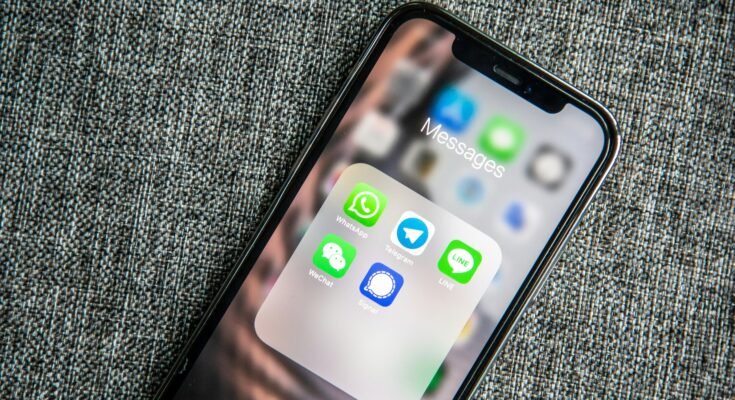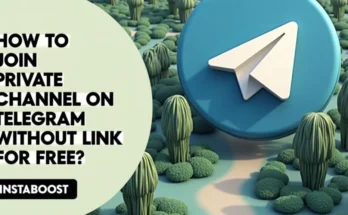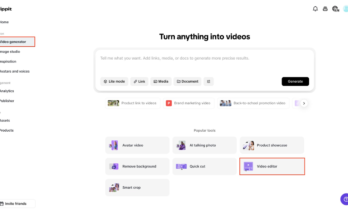Your SMS provider quoted a price of ₹0.25 per message. Simple math says 10,000 messages cost ₹2,500. But your invoice shows ₹8,400.
Welcome to the world of hidden SMS costs that catch businesses off guard every month. These surprise charges aren’t mistakes or billing errors. They’re built into the pricing structure, buried in fine print, and designed to inflate your costs after you’ve committed to a campaign. This is why understanding real SMS pricing becomes critical before signing any contract with providers.
The worst part? Most businesses discover these hidden costs only after their marketing budgets are already blown. By then, stopping campaigns means losing money on setup costs for SMS pricing and wasting weeks of planning.
The DLT Registration Money Trap
DLT registration fees seem small until you understand how they multiply. Most providers advertise template registration at ₹100-200 per template. Sounds reasonable for a one-time cost.
Reality check: DLT registration is never a one-time cost.
Template rejections happen constantly. A single-word change requires a new registration. Seasonal campaigns need separate templates. Different product lines require different messaging. That ₹200 registration fee becomes ₹2,000-3,000 monthly for active businesses.
But here’s the kicker – failed registration attempts still cost money. Submit a template that gets rejected. You still pay the registration fee. Try again with modifications. Another fee. Some businesses rack up thousands in registration costs before getting a single template approved.
The hidden cost multiplies when you factor in time delays. Each rejection-resubmission cycle takes 3-7 days. Your campaign sits idle while competitors capture market share. The opportunity cost often exceeds the registration fees themselves.
Perhaps worse, some providers don’t clearly explain rejection reasons, leading to multiple failed attempts for the same mistake. It’s like paying parking tickets for a car you can’t drive.
The Delivery Report Deception
Your SMS provider promises 95% delivery rates. Your campaign dashboard shows 9,500 successful deliveries out of 10,000 sent. You feel good about spending ₹2,500 for those results.
Then, you check your actual sales data. The response rate suggests only 6,000-7,000 people actually received your messages. What happened to the other 2,500-3,500 “delivered” messages?
Welcome to the grey area of delivery reporting. Many providers count messages as “delivered” when they reach telecom operators, not when they reach actual phones. DND blocking, network failures, and inactive numbers create a gap between reported delivery and actual receipt.
You pay for all 10,000 messages. You get charged for the 9,500 “delivered” ones. But only 6,000-7,000 people actually see your content. The effective cost per reach jumps from ₹0.25 to ₹0.40+ without any transparency about what’s happening.
This discrepancy becomes expensive at scale. A campaign targeting 100,000 customers might reach only 60,000-70,000 people while you pay for the full amount. That’s ₹7,500-10,000 in wasted spend per campaign.
Gateway Switching Fees That Accumulate
Premium SMS pricing often includes multiple gateway options for better delivery. Sounds like a great feature until you understand how gateway switching works.
Most providers route messages through the cheapest available gateway first. When that gateway gets congested or blocked, they automatically switch to premium routes. Each switch incurs additional charges that aren’t clearly disclosed upfront.
A message that starts at ₹0.25 might end up costing ₹0.40 after gateway switches. You don’t control these switches, can’t predict when they will happen, and only discover the extra charges on your monthly bill. The switching fees vary by destination, time of day, and network conditions. Peak hours trigger more switches.
The Character Limit Confusion
SMS pricing gets advertised per message, but message definitions vary between providers. Some count anything up to 160 characters as one message. Others split messages at 70 characters when using Unicode characters for Hindi or regional languages.
This difference multiplies your costs without warning. A message you think counts as one SMS might get billed as two or three messages. Your ₹0.25 per message rate becomes ₹0.75 when your content gets split unexpectedly.
Unicode handling creates the biggest surprises. Include Hindi text or special characters, and your 160-character limit drops to 70 characters. Most businesses discover this only after receiving inflated bills for campaigns they thought would cost much less.
Setup and Integration Costs
SMS providers often advertise low per-message rates while hiding setup costs. API integration fees, technical support charges, and account configuration costs can add ₹10,000-25,000 to your first month’s bill.
These costs aren’t always disclosed upfront. Sales teams focus on attractive per-message pricing while mentioning setup fees only during contract discussions. By then, you’re committed to the provider and the timeline.
Integration complexity affects these costs, too. Simple SMS blasts require minimal setup. Personalized campaigns with database integration, automated triggers, and delivery tracking need extensive configuration that providers charge extra for.
Wrapping Up
The setup costs repeat when you need any changes or upgrades. Adding new features, modifying templates, or scaling volume often triggers additional integration fees that weren’t part of the original pricing discussion. Smart SMS budgeting includes buffers for these hidden costs. Plan for 20-30% higher expenses than quoted rates to account for various fees and charges that might arise during campaign execution.




